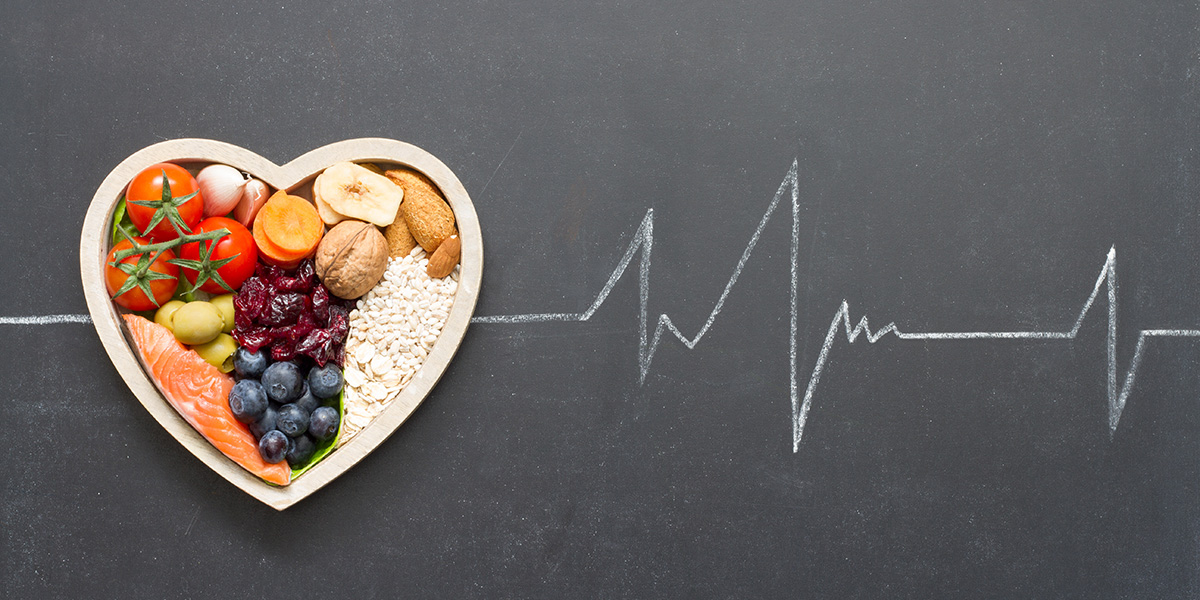
The Truth About Cholesterol: Good vs. Bad & How to Maintain Healthy Levels
When you hear "cholesterol," it's often with a hint of concern, but the truth is, cholesterol isn't inherently bad. It's a waxy, fat-like substance found in all your cells, essential for building healthy cells, hormones, and vitamin D. The challenge arises when certain types of cholesterol are present in unhealthy levels. At Sheridan Medical Group, our commitment is to partner with you for comprehensive heart health, helping you Get Well, Be Well, and Stay Well through education and personalized care.
Understanding the difference between "good" and "bad" cholesterol, and how your diet and lifestyle choices profoundly impact these levels, is a cornerstone of preventing cardiovascular disease and maintaining a vibrant life.
Good vs. Bad Cholesterol: Decoding the Lingo
Cholesterol travels through your blood attached to proteins called lipoproteins. It's the type of lipoprotein that determines if cholesterol is considered "good" or "bad."
- Low-Density Lipoprotein (LDL) - The "Bad" Cholesterol: LDL carries cholesterol from your liver to cells throughout your body. If you have too much LDL cholesterol, it can build up in the walls of your arteries, forming plaque. This plaque can narrow your arteries, a condition called atherosclerosis, increasing your risk of heart attack, stroke, and peripheral artery disease.
- High-Density Lipoprotein (HDL) - The "Good" Cholesterol: HDL is like a scavenger. It picks up excess cholesterol from your arteries and takes it back to your liver to be removed from your body. High levels of HDL are protective against heart disease.
- Triglycerides: While not a type of cholesterol, triglycerides are another type of fat in your blood. High levels of triglycerides, often due to excess calories, sugar, and alcohol, can also increase your risk of heart disease.
What Causes Unhealthy Cholesterol Levels?
Several factors can contribute to unhealthy cholesterol levels:
- Diet: A diet high in saturated and trans fats (found in many processed foods, fatty meats, and some baked goods) can raise LDL cholesterol.
- Obesity: Carrying excess weight can increase LDL and triglyceride levels while lowering HDL.
- Lack of Physical Activity: Inactivity can lower HDL cholesterol.
- Smoking: Damages blood vessels and lowers HDL cholesterol.
- Age and Genetics: Risk generally increases with age, and some people inherit genes that cause high cholesterol.
- Certain Medical Conditions: Diabetes, kidney disease, and an underactive thyroid can impact cholesterol levels.
How to Maintain Healthy Cholesterol Levels: Diet & Lifestyle Strategies
The good news is that you have significant power to influence your cholesterol levels through lifestyle choices. These strategies build on our discussions about heart health and balanced nutrition:
- Embrace a Heart-Healthy Diet:
- Reduce Saturated and Trans Fats:
- Saturated Fats: Found in red meat, full-fat dairy, and some processed foods. Opt for leaner cuts, skim milk, and choose plant-based proteins more often.
- Trans Fats: Often found in fried foods, baked goods, and some margarines. Check nutrition labels and avoid "partially hydrogenated oils."
- Increase Soluble Fiber: Soluble fiber helps reduce the absorption of cholesterol into your bloodstream. Foods rich in soluble fiber include: oats, barley, apples, pears, berries, beans, lentils, and psyllium.
- Incorporate Omega-3 Fatty Acids: These healthy fats don't affect LDL cholesterol but can lower triglycerides and protect your heart. Sources include: fatty fish (salmon, mackerel, tuna), flaxseeds, chia seeds, and walnuts.
- Choose Healthy Fats: Replace unhealthy fats with monounsaturated and polyunsaturated fats. Examples: olive oil, avocado, nuts, and seeds.
- Plant Sterols or Stanols: These substances, found in certain fortified foods (like some margarines and yogurts), can help block cholesterol absorption.
- Reduce Saturated and Trans Fats:
- Regular Physical Activity: Aim for at least 150 minutes of moderate-intensity aerobic exercise or 75 minutes of vigorous exercise per week. Even moderate physical activity can help lower LDL and raise HDL.
- Maintain a Healthy Weight: Losing excess weight, especially around your abdomen, can improve cholesterol levels.
- Quit Smoking: Smoking cessation is one of the most impactful steps you can take for your heart and overall health. It significantly improves HDL levels.
- Limit Alcohol Intake: Moderate alcohol consumption (up to one drink per day for women, two for men) may have some benefits, but excessive drinking can raise triglycerides and blood pressure.
Partnering with Sheridan Medical Group for Your Heart Health
Regular check-ups and cholesterol screenings are vital, especially since high cholesterol often has no symptoms. Your primary care provider at Sheridan Medical Group can:
- Measure your cholesterol levels (total, LDL, HDL, triglycerides).
- Assess your individual risk factors for heart disease.
- Help you create a personalized plan involving diet, exercise, and, if necessary, medication.
We are dedicated to helping you achieve and maintain optimal heart health. By understanding the truth about cholesterol and making informed lifestyle choices, you're taking powerful steps to protect your cardiovascular system and enjoy a longer, healthier life.

